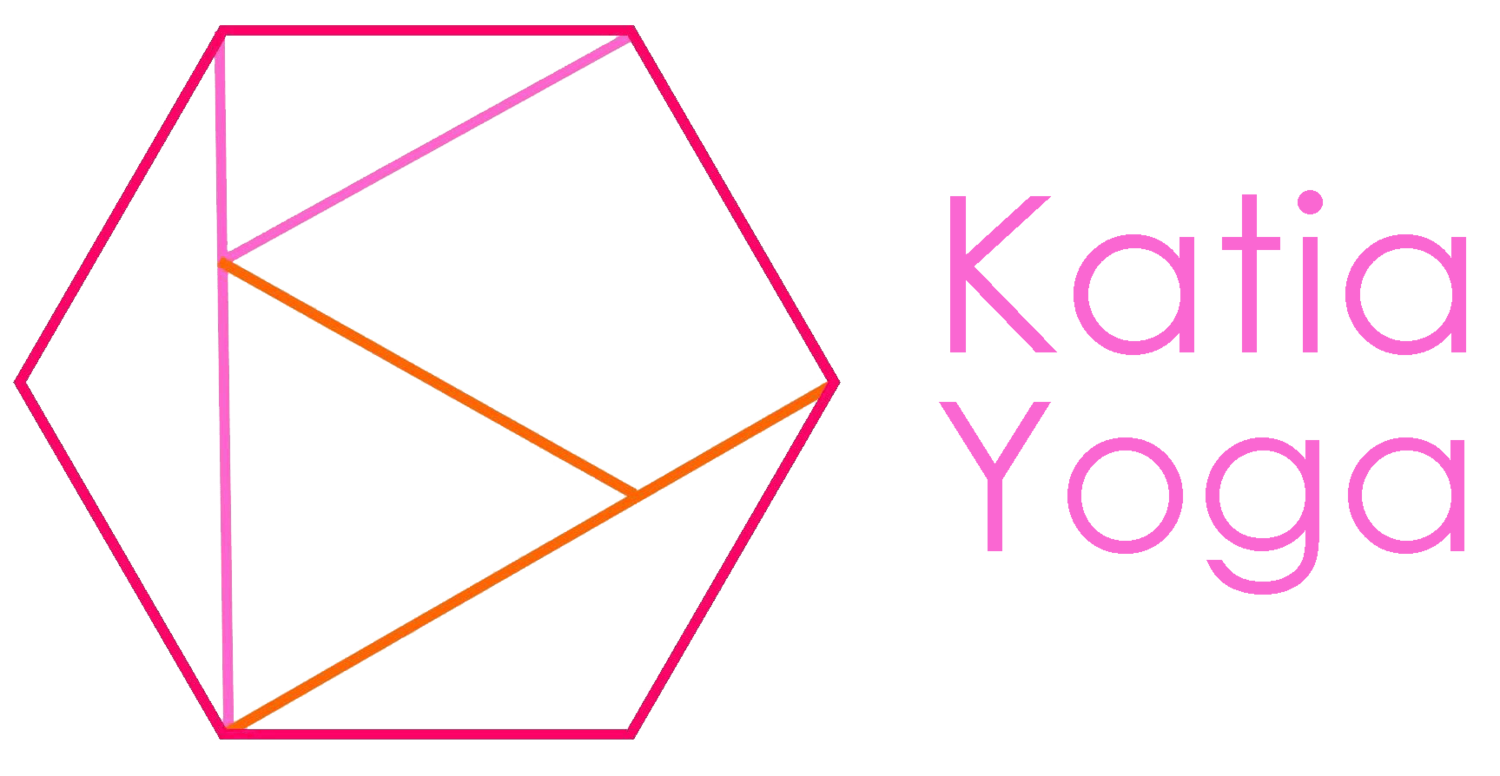Yoga Teacher Training: Module 3: Refining The Art Of Teaching
In our last module of yoga teacher training, there was a bigger emphasis on teaching practice (thankfully). We had lots of sessions where the instructor put the names of some poses on the board and then we had to guide a friend through the poses, sometimes two or three times per sequence. That sounds repetitive, but it was actually really helpful to get used to the transitions and directions for each pose. It was also really valuable to be guided and hear how other people phrased things.
We also worked on modeling and mirroring. We practiced asking our students to take a seat to -watch a demo. Mirroring is quite difficult. I kept half-turning to try to look at which hand/foot the students were on to check my lefts and rights.
We also guided each other through some restorative poses. I like restorative classes, but I am not really quite comfortable with all of their features just yet so that was a challenge for me.
asana in the lotus studio (photo by Amanda Gordon)
We did a fun experiment with ooblek about propping, yielding and collapsing. Propping is giving too much effort—too much tension in a pose—overextending, over-working. Collapsing is letting gravity take hold, not using the body to be firm—flimsy and weak. Yielding is the ideal middle ground- staying soft enough to be comfortable, but strong enough to be firm with the pose. We tried each of these techniques with our hand in the ooblek. It gave way and resisted perfectly to illustrate the outcomes.
We had a couple of sessions on Samskaras, which are grooves in the brain that make you do things in the same way in the same situation. This sort of habitual repetition is something we need to work on—making good grooves and releasing grooves that no longer serve us. Our samskara teacher was wonderful. She absentmindedly threw life quotes left and right. Everything she was saying hit home for me. We also did yoga nidra, sleep yoga—a deep, deep kind of relaxation—and some self-exploration.
The main event in this module was the Teaching Lab. Each of us had 12 minutes (one gothika—a Tibetian time measurement) to teach our peers. It was a really beautiful thing to support each other and see everyone thrive within their own personality as they led the class. Everyone was nervous, but everyone was wonderful.
Dancer in the Balinese rice paddies
I chose the root chakra as the theme for my class. I taught everyone its mantra, Lam and we chanted it together. We did some grounding poses. We even meditated briefly on the root chakra and red light going from the sacrum through the legs and pulling us toward the Earth. I chose this theme because of my meeting with the Healer/Osteopath back in module. Everyone complimented my humble story and the way I wove the theme through all of the parts of the lesson. I felt good about my lesson even though I struggle with it lots in the preparation phases.
We also took some time to write our own meditations one afternoon. We took turns guiding each other through our personalized meditations. This was also a great opportunity to see everyone’s individuality and what they chose for relaxation and calming.
We had one very valuable session on the business of yoga. We talked a lot about social media and the internet as crucial elements to creating a successful yoga brand out of your work. In our modern world, you must brand yourself. Instagram and a website were given as the main uses of the internet. She talked about partnering with other businesses for Instagram to share followers and information. We also talked about how to differentiate classes. What wacky place can you do yoga in? How can you make a unique offering? We talked about how everyone is different and in the end, people show up to your class for you. They like whatever it is about you that you’re offering and you must consistently give it.
the kula with their certificates (photo by Amanda Gordon)
One of the teachers also gave an interesting talk on starting her own studio. There were lots of things I might not have thought of logistically that were important. She said it’s important to teach in someone else’s studio first to learn what does and doesn’t work. She talked about how at first, it’s important to have a regular class even if no one is coming. We talked about maximizing time and the number of students in classes too. I learned a lot about what makes teaching yoga feasible and profitable.
At the end, as we did in the beginning, we went around the circle and said a little something about ourselves. At the start, I said I wanted to become a better yogi and a better me. In the middle I said, I’m trying to learn about yoga as a lifestyle, but I still have lots to learn about the style and my life. At the end, I thanked every one of the other yogis. Interacting on a daily basis really taught me a lot. There was so much insight and love in that space it was unreal. Everyone gave it their all and grew and blossomed. It was a wonderful experience.
Then we also had to talk about integration before we were all dumped back out into the world—what pieces can you take to your day to day life? How do you stay mentally stimulated and elevated in a world of honking cars and fast food and non-yogis? How do you stay true to who you are and who you’ve become? And most importantly, how do you keep growing? These are some things I’m going to be learning and experimenting with.





